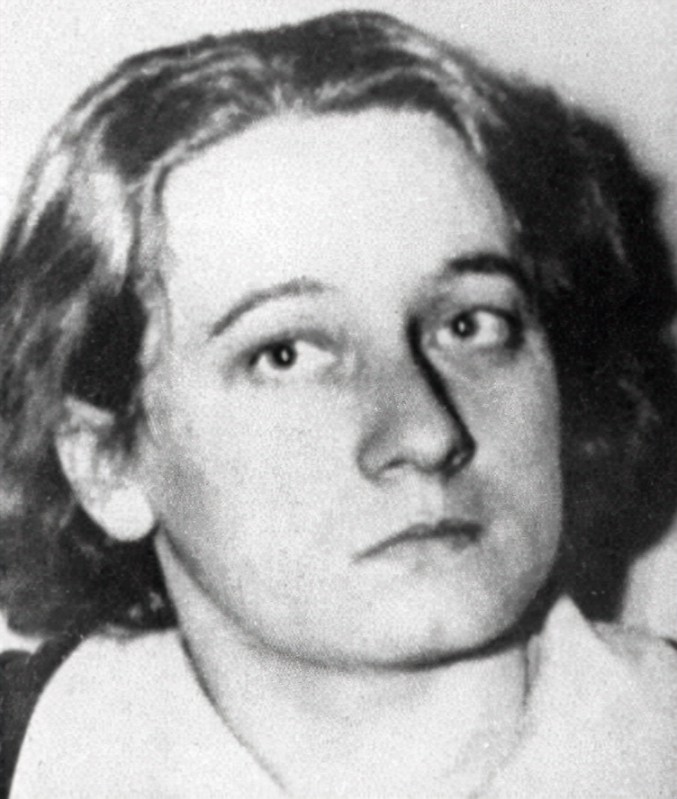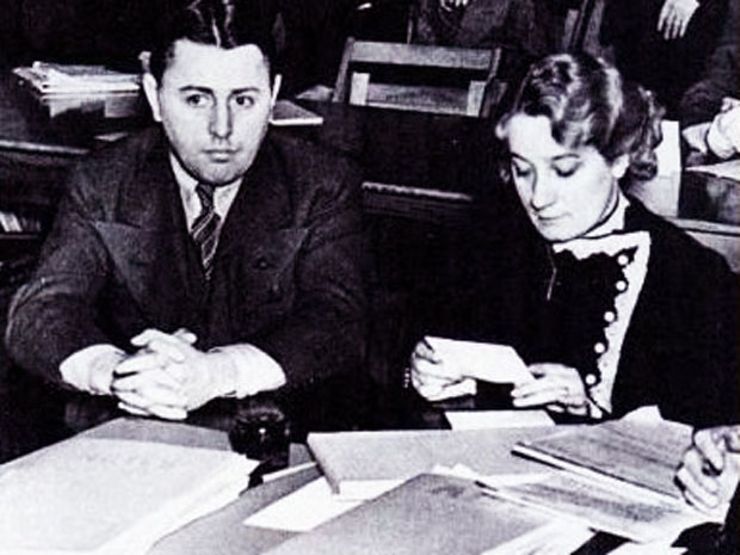In the annals of crime, the name Anna Marie Hahn stands as a chilling testament to the unsuspecting menace that lurks behind seemingly benevolent facades. Born on July 7, 1906, in a quiet Bavarian town in Germany, Anna’s early life belied the darkness that would later consume her. The youngest of twelve children, she carried a shadowy secret and a scandalous pregnancy that led to her relocation to the United States in 1929.
Arriving in Cincinnati, Anna initially toiled in a bakery but soon sought an easier path to financial gain. Her modus operandi? Posing as a live-in “nurse” for older men. The façade of caregiving masked her sinister intentions.
Ernest Koch became Anna’s unwitting prey, and as his health deteriorated under her care, he succumbed on May 6, 1932, leaving Anna his house. Little did the community know that this was just the beginning of a macabre trail.
Anna’s deception extended to accessing a doctor’s office above Koch’s residence, where she pilfered blank prescription pads. Armed with stolen prescriptions, Anna commenced a lethal career, crafting a web of deceit and murder.

Read more:
- Guilty verdict for St. Petersburg resident tied to six ounces of cocaine
- Kidnapper Found Guilty in Case of 13-Year-Old Girl Who Signaled for Help
- Impeachment trial defense for Paxton cost $2.3 million
- Accusations Against Illinois Man for Alleged Involvement in Florida Murder Scheme
Albert Parker and Jacob Wagner fell victim to Anna’s sinister machinations, with Parker leaving her substantial sums in his will. Yet, Anna’s thirst for ill-gotten wealth persisted. George Gsellman became her next victim, contributing $15,000 to Anna’s coffers.
The façade of caregiving masked her sinister intentions.
However, suspicion cast its uneasy gaze on Anna when George Heiss, a surviving client, detected something amiss. An eerily lethal cup of beer, wherein flies met their demise, triggered George’s unease. Dismissing Anna, George narrowly escaped becoming another statistic. Regrettably, he chose not to alert the authorities, allowing Anna’s murderous spree to persist.
George Obendoerfer became Anna’s next prey in 1937, succumbing to her treacherous care. This time, however, a refusal to pay for the funeral and a demanded autopsy aroused the suspicions of law enforcement. The autopsy revealed arsenic in Obendoerfer’s body, leading to a chilling revelation – Anna Marie Hahn was a serial killer.
A subsequent investigation uncovered a horrifying cache of poisons in Anna’s possession, sufficient to, as authorities grimly put it, “kill half of Cincinnati.” The magnitude of her crimes unfolded as each victim exhibited traces of different toxins. The “angel of mercy” façade crumbled, and Anna’s reign of terror faced justice.

In November 1937, after a four-week trial, Anna Marie Hahn was convicted of murder, maintaining her innocence as an “angel of mercy.” The grim reality of her crimes, however, could not be ignored. Ohio sentenced her to death.
Anna endured her final days at the Ohio Penitentiary, and on December 7, 1938, she entered the history books as Ohio’s first woman to face the electric chair. In the cold embrace of the execution chamber, Anna Marie Hahn met her demise, her legacy etched in the darkest corners of criminal history.
Mount Calvary Cemetery in Columbus, Ohio, became her final resting place, a grave marking the end of a woman whose outward benevolence masked a heart consumed by darkness. Anna Marie Hahn, the “angel of mercy,” had left an indelible stain on the annals of true crime, a haunting reminder that evil often wears a deceptively gentle guise.

